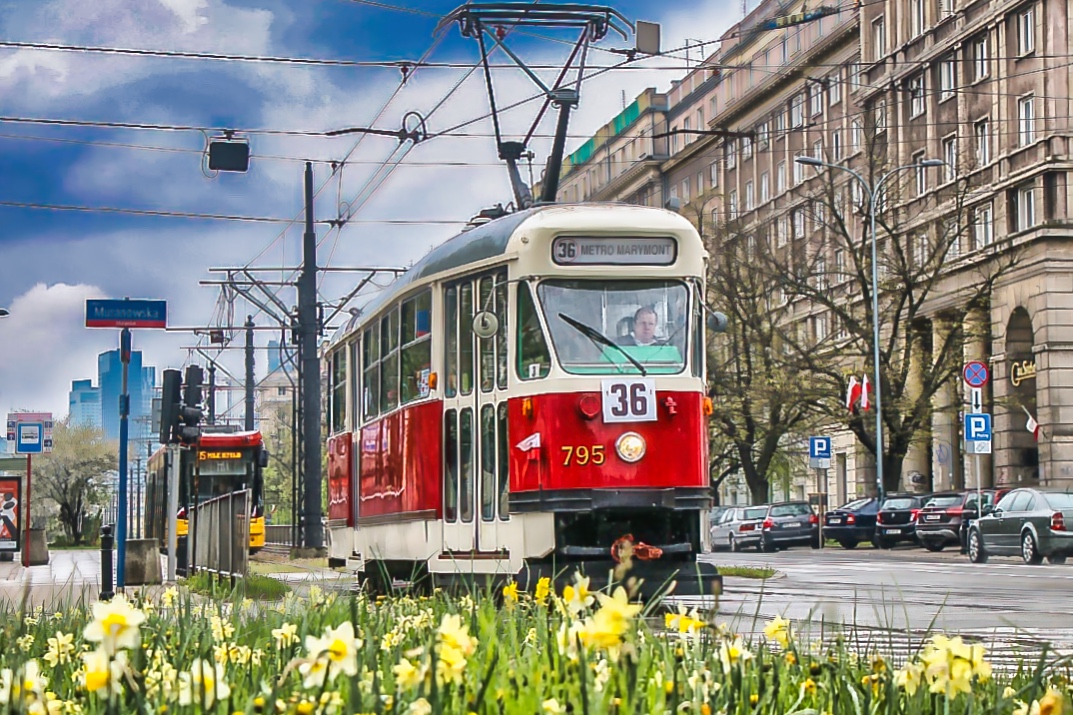Table Of Contents
Central Europe is a region of great cultural diversity and historical significance. Comprising countries such as Germany, Austria, Switzerland, Poland, Hungary, Czech Republic, Slovakia, and Slovenia, it is often referred to as the heart of Europe. With its rich heritage, stunning landscapes, and strong economies, Central Europe has become an attractive destination for businesses and tourists alike.
One of the distinguishing features of Central Europe is its strategic location at the crossroads of Eastern and Western Europe. This has played a crucial role in shaping the region’s history, as it has often been caught in the midst of conflicts and power struggles. However, Central Europe has also benefited from its location, as it has served as a vital trading hub and a melting pot of different cultures.
Central Europe is known for its well-developed economies, with countries like Germany and Switzerland enjoying global recognition as powerhouses in industries such as automotive manufacturing, engineering, and finance. The region also offers a favorable business environment, with stable political systems, efficient infrastructure, and a highly skilled workforce. These factors have attracted multinational corporations and startups alike, making Central Europe a hub for innovation and entrepreneurship.
Moreover, Central Europe boasts a remarkable cultural heritage that spans centuries. From the architectural splendor of Prague’s Old Town to the musical masterpieces of Vienna, the region is brimming with historical landmarks and artistic treasures. The diverse traditions, languages, and cuisines reflect the multitude of influences that have shaped Central Europe over time.
In terms of natural beauty, Central Europe does not disappoint. The breathtaking Alpine landscapes of Switzerland and Austria, the enchanting forests of Poland, and the picturesque vineyards of Hungary offer ample opportunities for outdoor activities and relaxation. Furthermore, the region’s efficient transportation networks, including high-speed trains and well-connected airports, make it easy for travelers to explore multiple countries within a short timeframe.
Overall, Central Europe is a region that combines rich history, economic prowess, and natural beauty. Whether you are considering expanding your business, planning a vacation, or simply seeking to broaden your horizons, Central Europe offers a myriad of opportunities waiting to be explored. In the following sections, we will delve deeper into the captivating aspects of each individual country that constitutes this remarkable region.
Geographical location and borders

Central Europe is a region that boasts a rich geographical location and is surrounded by various countries. Positioned in the heart of the continent, Central Europe is bordered by Germany to the west, Austria to the south, Poland to the northeast, and the Czech Republic and Slovakia to the east. This strategic location makes it a hub for cultural exchange, trade, and economic activities.
One of the defining features of Central Europe is its diverse landscape. From the stunning Alpine mountain ranges in Austria and Switzerland to the rolling countryside of Germany and the picturesque valleys of the Czech Republic, Central Europe offers a blend of natural beauty and architectural marvels.
The region is also crisscrossed by numerous rivers, with the Danube being the most prominent. This majestic river flows through multiple countries, including Germany, Austria, Slovakia, and Hungary, before finally emptying into the Black Sea. Its shores are lined with charming towns, castles, and vineyards, providing a scenic backdrop for river cruises and recreational activities.
Notably, Central Europe is known for its rich historical heritage. The remnants of medieval fortresses, Gothic cathedrals, and Baroque palaces dot the landscape, bearing witness to centuries of both turmoil and cultural advancement. Cities such as Prague in the Czech Republic, Budapest in Hungary, and Munich in Germany offer a fascinating blend of ancient traditions and modern innovation.
The geographical location of Central Europe also makes it a crossroads for different cultural influences. The region has been influenced by various neighboring countries, resulting in a unique fusion of traditions, languages, and cuisines. Whether it’s the hearty sausages and beer in Germany, the delicious pastries in Austria, or the dumplings and goulash in the Czech Republic, Central Europe is a food lover’s paradise.
In conclusion, Central Europe’s geographical location and its borders with Germany, Austria, Poland, the Czech Republic, and Slovakia contribute to its rich tapestry of natural beauty, historical importance, and cultural diversity. Exploring this region offers an opportunity to immerse oneself in its captivating landscapes, vibrant cities, and the enchanting fusion of traditions that make Central Europe truly unique.
Historical significance of Central Europe
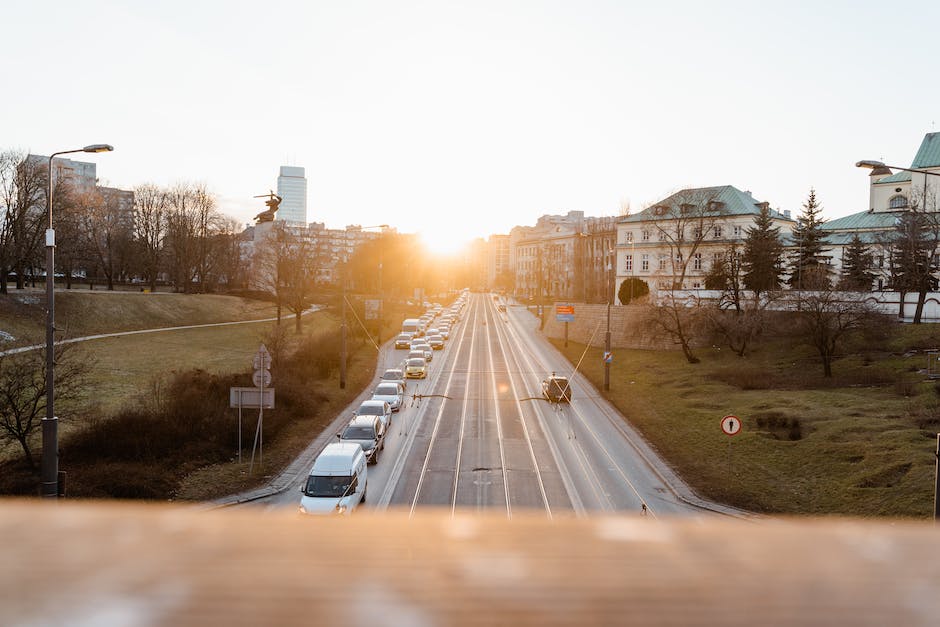
Central Europe holds a significant historical importance that spans centuries and has shaped the region into what it is today. From ancient civilizations to powerful empires, the historical significance of Central Europe cannot be ignored. Here are a few fascinating facts that highlight the region’s rich historical heritage:
1. Ancient Civilization:
Central Europe is home to numerous ancient civilizations that left behind a remarkable legacy. The Celts, who inhabited the region around 400 BC, contributed to the development of agriculture, metalworking, and trade routes. Their influence can still be seen in the ancient fortresses and burial mounds scattered across the landscape.
2. Roman Influence:
During the time of the Roman Empire, Central Europe witnessed several conquests and Roman settlements. The Romans established important trade routes, developed infrastructure like roads and aqueducts, and introduced their advanced architectural style. Cities like Vienna, Budapest, and Prague owe their architectural grandeur to Roman influence.
3. Medieval Era:
Central Europe played a significant role during the medieval era, with the rise of powerful kingdoms and empires. The Holy Roman Empire, which existed from the 10th to the 19th century, encompassed large parts of Central Europe. It symbolized a fusion of Roman, Christian, and Germanic influences, leaving a lasting impact on the region’s culture and political landscape.
4. Renaissance and Enlightenment:
Central Europe also witnessed the intellectual and cultural transformations of the Renaissance and Enlightenment periods. Prague, in particular, became a center of artistic and scientific activities. The Charles University, founded in 1348, became an important hub for scholars and philosophers from across Europe.
5. World Wars and Cold War:
Central Europe bore witness to some of the most significant events of the 20th century. The region became a battleground during both World War I and World War II, resulting in immense destruction and political upheaval. The division between Eastern and Western Europe during the Cold War also deeply impacted Central Europe, leaving a lasting legacy of tensions and struggles for independence.
Central Europe’s historical significance is not only evident in its architecture, but also in its vibrant cultural traditions, diverse languages, and the resilience of its people. Exploring the historical landmarks, museums, and monuments in Central Europe is like diving into a rich tapestry of the past, offering valuable insights into the region’s fascinating history.
Cultural diversity and influences in the region

Central Europe is a region known for its rich cultural diversity, shaped by centuries of historical influences from various civilizations. This melting pot of cultures has created a truly unique and vibrant tapestry that sets Central Europe apart from other regions of the world. Let’s delve into some fascinating facts about the cultural diversity and influences in Central Europe.
1. Historical Crossroads: Central Europe has been a historical crossroads where different cultures have converged and mingled. Throughout its history, the region has been influenced by the Roman Empire, Germanic tribes, Byzantine Empire, Ottoman Empire, and Habsburg monarchy, among others. These influences have left indelible marks on the region’s architecture, cuisine, language, and customs.
2. Linguistic Diversity: Central Europe boasts a remarkable range of languages spoken within its borders. German, Hungarian, Czech, Slovak, Polish, Slovenian, Croatian, and Serbian are just some of the languages that coexist in this region. Despite the linguistic diversity, English is increasingly spoken and understood as a result of globalization and tourism.
3. Art and Architecture: Central Europe is renowned for its architectural wonders which often reflect the diverse cultural influences over the centuries. From the Gothic spires of the Prague Castle to the Baroque splendor of Budapest’s Parliament Building, the region’s architecture is a testament to the historical and cultural amalgamation that has occurred here.
4. Culinary Delights: Central European cuisine is a delightful fusion of flavors influenced by neighboring countries and historical interactions. Each country has its signature dishes, such as Hungary’s goulash, Austria’s Wiener schnitzel, and Poland’s pierogi. These traditional dishes showcase the region’s rich culinary heritage and are a must-try for food enthusiasts.
5. Festivals and Traditions: Central Europe is known for its colorful festivals and celebrations, which bring communities together to commemorate their cultural heritage. From the vibrant Easter markets in Vienna to the Oktoberfest in Munich, these events showcase traditional music, dance, costumes, and customs that have been passed down through generations.
6. Folklore and Folk Art: Folklore plays a significant role in Central European culture, with folk tales and legends deeply ingrained in the collective consciousness. Traditional crafts such as pottery, woodcarving, embroidery, and painting are celebrated forms of folk art, allowing locals and visitors to appreciate the region’s artistic heritage.
In conclusion, Central Europe’s cultural diversity is a vibrant tapestry woven from centuries of historical interactions. The region’s architecture, cuisine, festivals, and traditions reflect the influences of the various civilizations that have left their mark on this fascinating part of the world. Exploring Central Europe means immersing oneself in a rich tapestry of cultures and experiencing the unique blend of traditions that make this region truly special.
Languages spoken in Central Europe
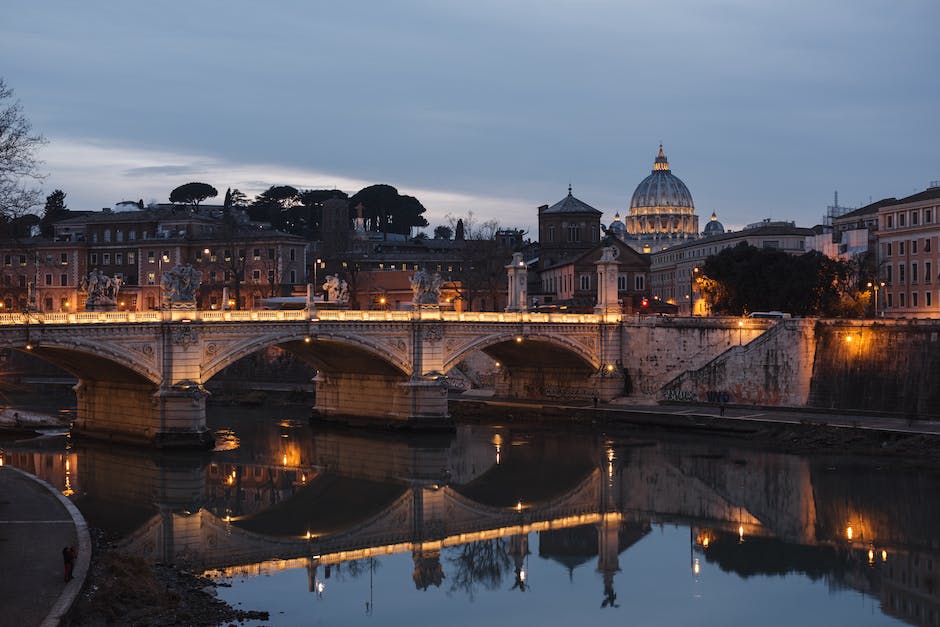
In Central Europe, a cluster of diverse and culturally rich countries, various languages are spoken. The linguistic landscape of the region is a reflection of its historical and geographical influences. Here are some interesting facts about the languages spoken in Central Europe:
1. German: As one of the major languages, German is widely spoken in Central Europe, particularly in Austria, Germany, and parts of Switzerland. It is the official language in Austria, serving as the medium of instruction and administration. Additionally, German is also spoken in the southern regions of Poland and the Czech Republic.
2. Czech: The Czech Republic is home to the Czech language, which has a Slavic origin. Czech is the official language of the country and is spoken by a significant number of people, with its rich literary traditions and unique phonetics.
3. Hungarian: Hungarian, a language of Uralic origin, is primarily spoken in Hungary and its surrounding regions. It is one of the most distinctive languages in the world, not belonging to any major language family. Hungarian has a complex grammar and a rich vocabulary, making it a fascinating language to explore.
4. Polish: In addition to being the official language of Poland, Polish is spoken in neighboring countries such as Lithuania and Belarus, where ethnic Polish communities reside. It is a West Slavic language known for its complex grammatical structure and a wide range of dialects.
5. Slovak: The Slovak language, closely related to Czech, is predominantly spoken in Slovakia. Slovak shares similarities with Czech but has its unique features. Being a part of the Slavic family, it has a relatively straightforward grammar system, making it accessible to learners.
6. Slovene: Slovenia is home to the Slovene language, which is spoken by the majority of the population. Slovene is a South Slavic language influenced by the neighboring Italian and German languages. Despite being one of the smaller languages in terms of the number of speakers, it has a rich literary tradition that dates back centuries.
7. Other languages: Central Europe also hosts smaller linguistic communities and minority languages. For instance, the Sorbian language, belonging to the West Slavic family, is spoken by the Sorbs in Germany and parts of Poland. Additionally, communities of Romani speakers, speakers of Rusyn, and other local dialects contribute to the linguistic diversity of the region.
The languages spoken in Central Europe represent a fascinating mix of historical, cultural, and linguistic influences that have shaped the region. Exploring these languages and their unique characteristics provides insight into the rich tapestry of Central European culture.
Famous landmarks in Central Europe
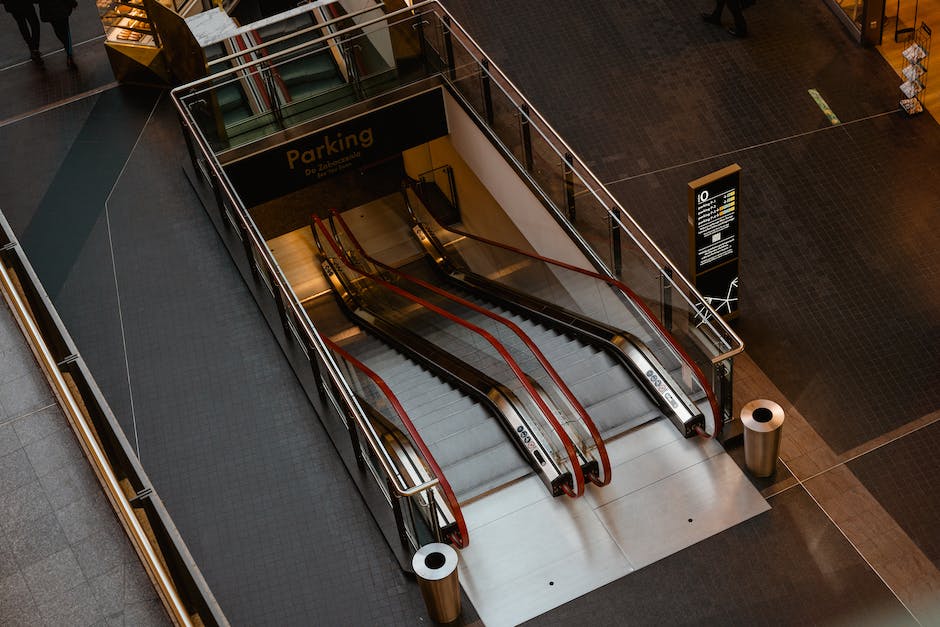
Central Europe is home to several breathtaking landmarks that are rich in history and culture. From ancient castles to charming town squares, this region offers a plethora of sites that are worth exploring. Here are some famous landmarks in Central Europe that should be on every traveler’s itinerary:
1. Prague Castle, Czech Republic: Dominating the skyline of Prague, Prague Castle is the largest ancient castle complex in the world. With its stunning Gothic, Renaissance, and Baroque architecture, this UNESCO World Heritage site is a symbol of Czech history and serves as the official residence of the President of the Czech Republic.
2. Buda Castle, Hungary: Perched atop Castle Hill in Budapest, Buda Castle is a majestic palace complex that dates back to the 13th century. The castle, with its striking white façade and turreted towers, offers magnificent panoramic views of the cityscape. It is also home to several museums, including the Hungarian National Gallery and the Budapest History Museum.
3. Wawel Castle, Poland: Located in the heart of Kraków, Wawel Castle is a remarkable architectural masterpiece that stands as a symbol of Polish national identity. This historic castle is rich in Gothic, Renaissance, and Baroque styles and houses a museum showcasing Polish art, weaponry, and royal artifacts.
4. Schönbrunn Palace, Austria: Situated in Vienna, Schönbrunn Palace is one of the most important cultural and historical monuments in Austria. This former imperial summer residence is renowned for its stunning Baroque architecture, beautiful gardens, and opulent interiors. Visitors can explore the palace’s magnificent rooms, manicured gardens, and even catch a glimpse of the world’s oldest zoo within the palace grounds.
5. Charles Bridge, Czech Republic: Spanning the Vltava River in Prague, Charles Bridge is an iconic historical bridge that connects the Old Town with the Lesser Town. Lined with statues depicting various saints and religious figures, the bridge offers picturesque views of the city and is a popular gathering place for artists, musicians, and tourists alike.
6. Matthias Church, Hungary: Located in Budapest’s Castle District, Matthias Church is a breathtaking marvel of Gothic architecture. With its vibrant roof tiles and stunning interior adorned with frescoes and stained glass windows, this church is a must-visit landmark in Central Europe. Climb to the top of the belfry for panoramic views of the city.
7. Bran Castle, Romania: Famously known as “Dracula’s Castle,” Bran Castle is a medieval fortress perched on a rocky hill in Transylvania. While its connection to Dracula is more fictional than historical, this castle is a captivating architectural gem that offers insights into the region’s medieval past and is surrounded by the stunning Carpathian Mountains.
These famous landmarks in Central Europe not only provide a glimpse into the region’s history but also showcase the exquisite craftsmanship and beauty that continue to captivate visitors from around the world. Exploring these iconic sites is truly an enriching experience that allows one to immerse themselves in the charm and grandeur of Central Europe.
Traditional food and drinks of Central Europe
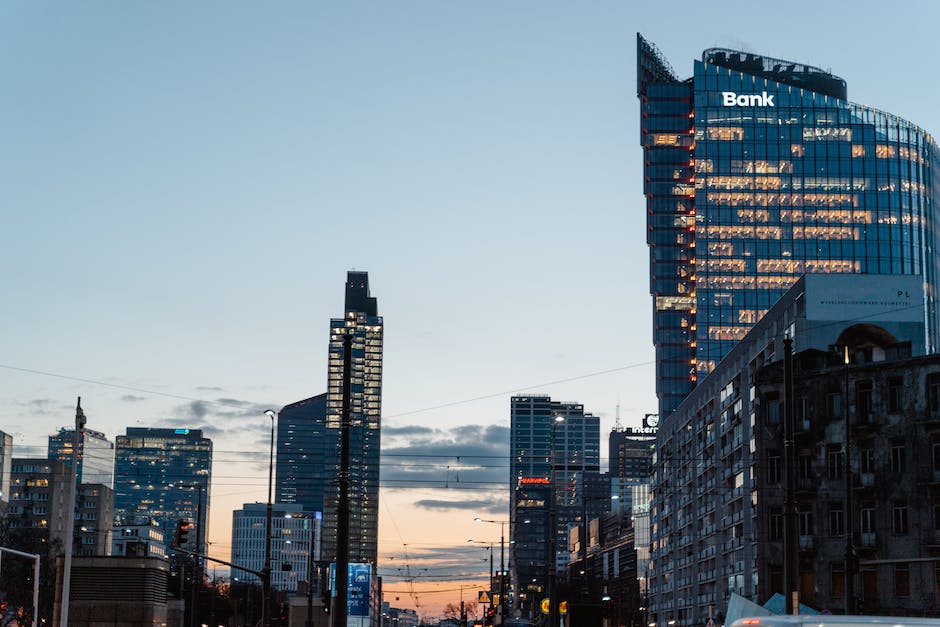
Central Europe is known for its rich culinary traditions that have been developed and cherished over centuries. The region offers a diverse range of traditional food and drinks that reflect the cultural heritage of its nations. From hearty soups to savory meat dishes, here are some notable examples of Central European cuisine:
1. Goulash: This iconic Hungarian dish has gained popularity worldwide. Goulash is a flavorful stew made with tender chunks of beef, onions, and paprika. It is typically served with buttered noodles or crusty bread, making it a comfort food favorite.
2. Pierogi: Poland’s beloved dumplings, pierogi, are a staple food in Central Europe. These small pockets of dough are filled with various fillings such as potatoes, cheese, meat, or fruits. Pierogi can be boiled, pan-fried, or even baked, and they are often served with sour cream for an extra touch of indulgence.
3. Schnitzel: Originally from Austria, schnitzel has become a beloved dish across Central Europe. Traditionally made with breaded and fried veal, it can also be prepared with pork or chicken. The crispy golden-brown coating gives way to a tender and juicy center, creating a delightful contrast of textures.
4. Sauerbraten: This German pot roast is marinated in a mixture of vinegar, water, and various spices for several days to develop its rich flavor. The meat is then slow-cooked until it becomes tender and succulent. Sauerbraten is often served with a side of sweet and tangy red cabbage and dumplings.
5. Strudel: Central Europe has a sweet tooth, and one of its most famous desserts is the strudel. Originating from Austria, this delicate pastry is filled with a variety of ingredients, the most common being apples, raisins, and cinnamon. The thin layers of flaky pastry encase the luscious filling, resulting in a mouthwatering treat.
When it comes to beverages, Central Europe has some unique offerings as well. Here are a few notable drinks from the region:
1. Czech Beer: The Czech Republic is renowned for its beer culture, with traditional breweries dating back centuries. Czech beers are known for their high-quality and distinctive flavors. Pilsner Urquell and Budweiser Budvar are among the popular brands that showcase the Czech Republic’s beer expertise.
2. Hungarian Tokaji: Tokaji wine is a sweet dessert wine considered one of Hungary’s most prized treasures. Made from grapes affected by noble rot, this golden-colored wine offers complex flavors of honey, apricot, and marmalade. It pairs wonderfully with desserts or can be enjoyed on its own as a luscious treat.
3. Polish Vodka: Poland has a long history of vodka production, and the spirit holds a special place in Polish culture. Known for its purity and smoothness, Polish vodka comes in a wide variety of flavors and is often enjoyed as a shot or mixed into refreshing cocktails.
Exploring the traditional food and drinks of Central Europe not only satisfies the taste buds but also provides a glimpse into the region’s rich cultural heritage. These dishes and beverages are an integral part of Central European identity and continue to be enjoyed by locals and visitors alike.
Festivals and celebrations in the region
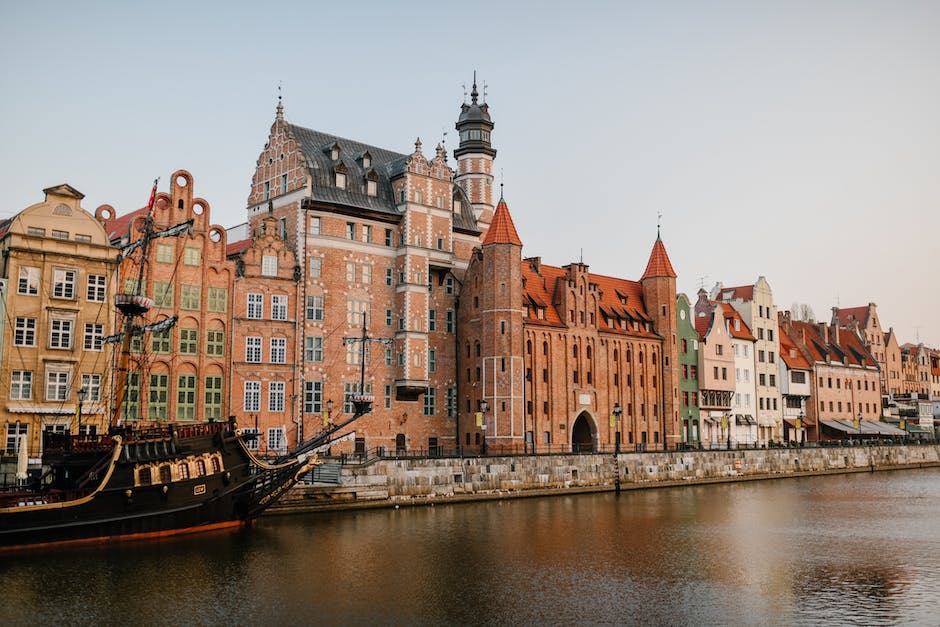
Central Europe is not only known for its breathtaking landscapes and rich history, but also for its vibrant festivals and celebrations. Each country in this region has its own unique traditions and festivities that attract both locals and tourists alike. From colorful parades to lively music and delicious local cuisine, Central Europe offers a myriad of cultural experiences throughout the year.
One of the most famous festivals in Central Europe is Oktoberfest, held annually in Munich, Germany. This iconic celebration of Bavarian culture draws millions of visitors from all over the world. With traditional music, lively dancing, and an abundance of delicious beer and sausages, Oktoberfest is a true treat for the senses.
Another popular event in Central Europe is the Prague Spring International Music Festival, which takes place in Prague, Czech Republic. This prestigious event showcases some of the world’s best classical musicians and orchestras. With a diverse program that includes concerts, recitals, and opera performances, the Prague Spring Festival is a haven for music enthusiasts.
In Austria, the Vienna Opera Ball is a highlight of the social calendar. Taking place annually at the Vienna State Opera, this glamorous event attracts high-profile guests from around the globe. Attendees dress in elegant attire and enjoy a night of dancing, cultural performances, and exquisite dining.
If you happen to be in Poland during the Easter season, you can witness an extraordinary celebration known as Śmigus-Dyngus, or Wet Monday. This unique tradition involves people playfully dousing each other with water as a sign of joyful rebirth and purification. It’s a fun-filled day when locals and visitors alike take to the streets armed with water guns and buckets, creating a jubilant and refreshing atmosphere.
In Hungary, the Sziget Festival, held in Budapest, is a one-of-a-kind experience for music enthusiasts. This week-long event features a diverse lineup of international artists across various genres, from rock and pop to electronic and folk. With its fantastic atmosphere and stunning Danube River backdrop, Sziget Festival has become one of Europe’s largest music festivals.
These are just a few examples of the captivating festivals and celebrations that Central Europe has to offer. Whether you’re exploring the historical streets of Prague, savoring the renowned Viennese coffee culture, or immersing yourself in the Bavarian spirit during Oktoberfest, you’ll find that Central Europe truly knows how to celebrate its rich traditions and cultural heritage. So, pack your bags, mark your calendars, and get ready to experience the colorful tapestry of festivals in Central Europe.
Contributions of Central Europe to art, literature, and science

Central Europe, with its rich cultural heritage and intellectual traditions, has made significant contributions to the world of art, literature, and science. This diverse and vibrant region has given birth to influential figures and movements that have left an indelible mark on these fields.
In the realm of art, Central Europe has been home to many renowned painters, sculptors, and architects who have shaped and influenced various artistic movements throughout history. The Czech Art Nouveau painter Alphonse Mucha is celebrated for his iconic poster designs that epitomize the elegance and beauty of this artistic style. Another notable artist, Franz Kafka, hailing from Prague, is revered for his enigmatic and thought-provoking literary works that have transcended generations and continue to captivate readers worldwide. Central Europe has also produced esteemed architects such as Ludwig Mies van der Rohe, whose minimalist style and innovative use of materials have had a lasting impact on modern architecture.
Turning to the domain of literature, Central Europe has produced a wealth of notable writers and poets who have contributed to the global literary canon. The Hungarian author Imre Kertész, a Nobel laureate, explored themes of survival and the human experience in his powerful works, particularly drawing from his personal experiences during the Holocaust. The Polish poet Wisława Szymborska, another Nobel laureate, captured the complexities of existence with her profound and lyrical verse. These literary luminaries from Central Europe have not only entertained and enlightened readers but have also offered unique perspectives on the human condition.
Central Europe has also made significant advancements in the field of science. One remarkable figure is Nikola Tesla, an inventor and electrical engineer of Serbian descent. Tesla’s contributions, including the alternating current system and the development of induction motors, revolutionized the field of electrical engineering and paved the way for modern power generation and distribution. Additionally, the Austrian physicist and philosopher Ernst Mach made groundbreaking contributions to the philosophy of science, particularly in the realm of physics and the understanding of sensory perception.
The intellectual and artistic contributions of Central Europe have played a crucial role in shaping various aspects of our global cultural landscape. From the captivating works of art and literature to remarkable scientific breakthroughs, Central Europe continues to inspire and enrich the world with its unique talents and perspectives.

